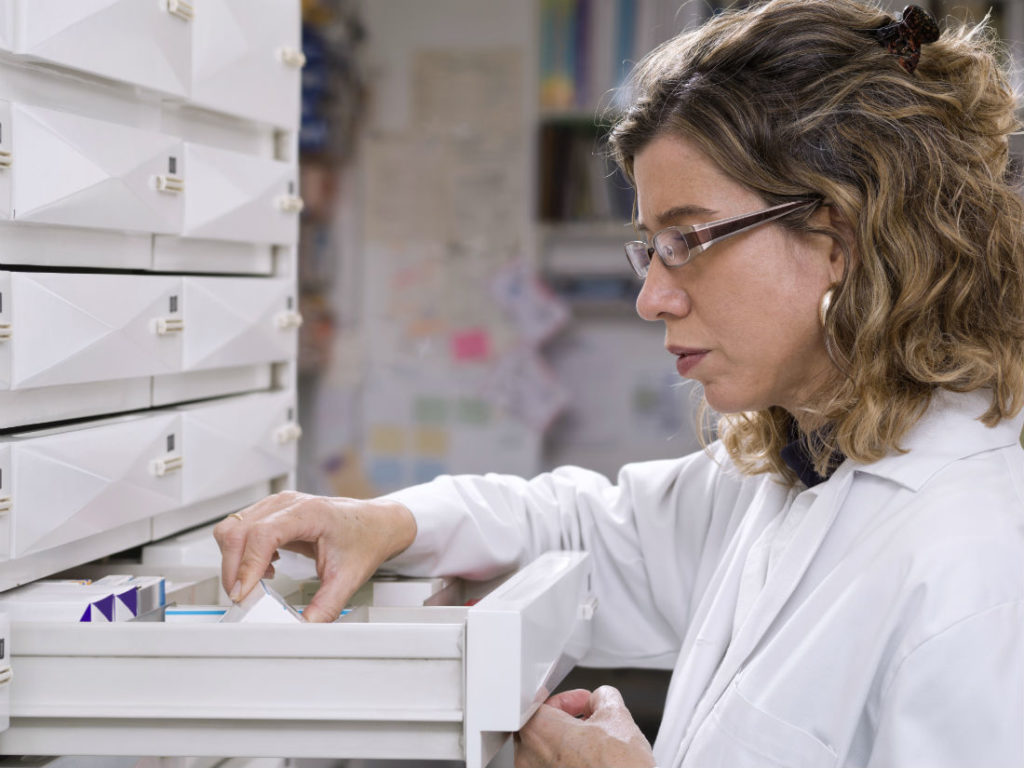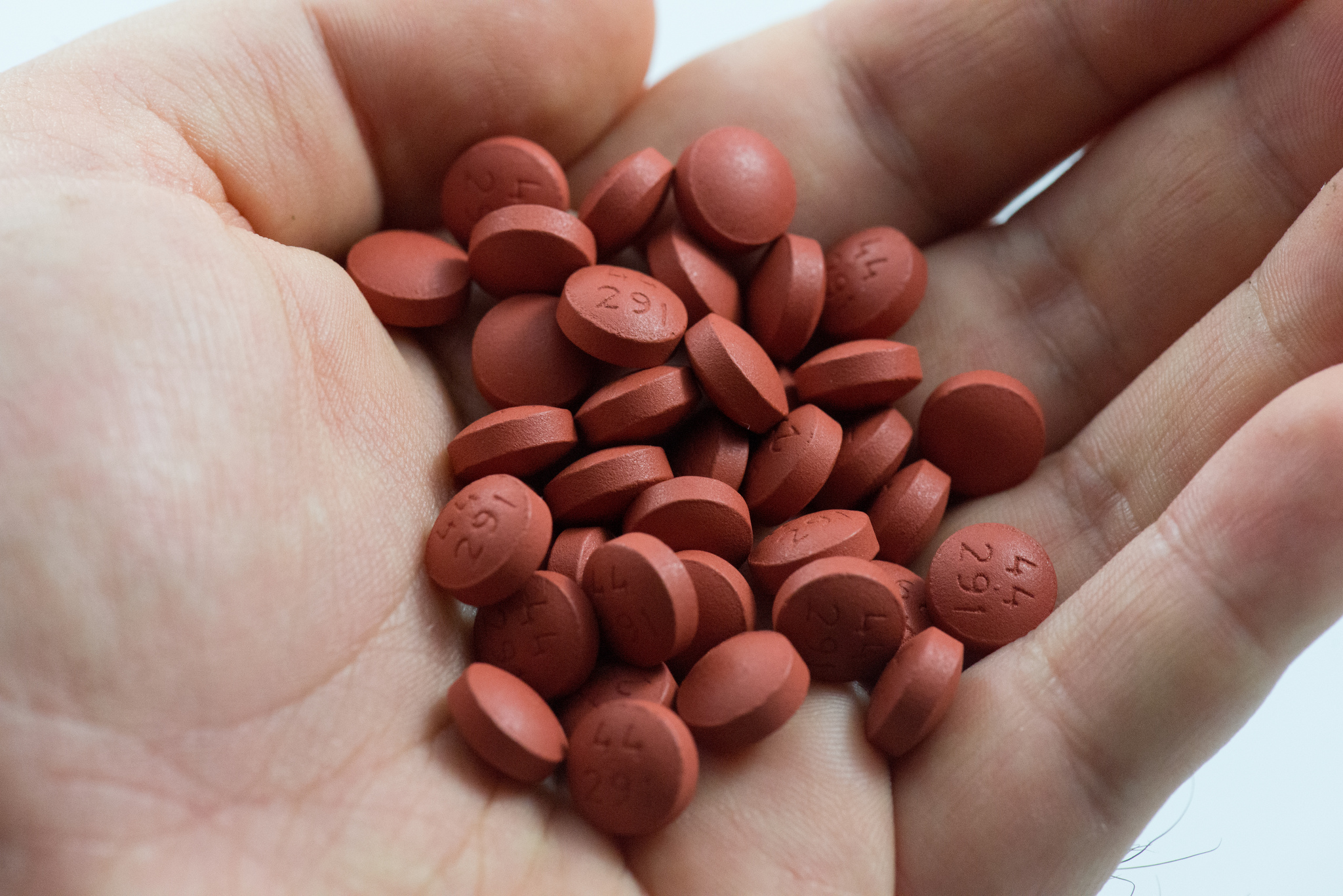Counterfeit medicines present a significant risk to worldwide public health and regulators are increasingly introducing measures to help mitigate this risk. According the World Health Organization (WHO), counterfeit medications cause over 700,000 deaths each year, and up to 10 percent of the global pharmaceutical market is comprised of these fake drugs.
On February 9, 2019, the EU Falsified Medicines Directive will go into effect, requiring pharmaceutical companies to introduce serialization into the drug manufacturing process.
By the deadline, all prescription medications will need to be packaged with an additional level of traceability in the form of a 2D barcode. This barcode will act as a unique identifier for each product and will contain key information including the batch number, product code, serial number, expiration date and the national reimbursement number for drugs covered under government health plans. In addition, this identifying information must also be printed on the product’s packaging in such a way as to allow for human readability.
An anti-tampering device must also be affixed to the packaging of all drug products sold in the UK to prevent counterfeiters from replacing the authentic medicines inside with fake versions.
What’s more, the EU Falsified Medicines Directive impacts more than just the pharmaceutical manufacturers; hospitals, pharmacies and other medication dispensers will also be required to verify a product’s authenticity before giving it to a patient. This means that European dispensers will need to invest in updated technology with the ability to scan 2D product barcodes and remove the drug from the supply chain once it has been handed over to the patient.
So, what can you do to make sure you’re in compliance with the EU Falsified Medicines Directive? Complete these five steps below to get yourself on the right track, and for even more in-depth information, view this on-demand webinar titled,” Implications of the EU Falsified Medicines Directive for Dispensers.”
1. Read About the New Regulations
Both the European Commission and the European Medicines Agency (EMA) maintain webpages dedicated to keeping stakeholders informed about the EU Falsified Medicines Directive. Here you’ll find information on the legal framework behind the directive, its background, along with a list of questions and answers designed to help pharmaceutical manufacturers and dispensers understand the regulations.
Once you’re up-to-date on how the EU Falsified Medicines Directive applies to you, you’ll want to familiarize yourself with the non-profit organization known as The European Medicines Verification Organization (EMVO), which represents manufacturers, wholesalers and pharmacists in the fight against counterfeit medicines. They are also responsible for helping various stakeholders implement the European Medicines Verification System (EMVS) in a secure and cost-effective manner.
2. Know the Differences Between the EU Falsified Medicines Directive and the FDA’s Drug Supply Chain Security Act (DSCSA)
Both the US and EU’s new regulations have the same goal of protecting the pharmaceutical supply chain by improving drug traceability. However, there are key differences between the two which pharmaceutical companies who manufacture or import their products into these countries must be aware.
The EU Falsified Medicine’s Directive requires that the unique serial number – which can contain both letters and numbers – used to identify a drug product be generated using a randomization algorithm. In contrast, the DSCSA mandates that the numbers or characters be part of the National Drug Code (NDC) and are not required to be random.
Europe’s anti-counterfeiting directives place a strong focus on anti-tampering devices as a way of preventing a product from being adulterated, whereas the US has no such requirement. In addition, the EU Falsified Medicines Directive contains a provision for the formation of central repositories to allow multiple stakeholders in the supply chain to upload information about drug products. Again, this is a measure designed to help authenticate the products, however the US will not require the establishment of these repositories.
Finally, decommissioning of unique identifiers is another cornerstone of the EU Falsified Medicines Directive. Serial numbers for expired products and other drugs are removed from the EU market by effectively inactivating their unique identifiers. Like some of the other differences discussed, the FDA’s Drug Supply Chain Security Act does not have this decommissioning requirement.
3. Explore the Hardware and Software Requirements for Compliance
The EU Falsified Medicines Directive requires drugs be verified at multiple points in the supply chain, thereby significantly reducing the risk of product adulteration. While pharmaceutical distributers have the option of verifying products they receive from the original drug manufacturers, hospital and retail pharmacies are currently the only entities compelled to verify and decommission the medication before it’s released to the patient.
Pharmacies need to chose software that will allow them to connect to the National Medicines Verification System (NMVS), which contains all the data on the drug products in circulation in a given country’s market. When filling a prescription, pharmacists can check the barcode of a drug product against the repository to confirm its authenticity.
Depending on the current capabilities of your pharmacy, you may need to invest in new computer terminals and scanners capable of reading these new 2D barcodes. For modernized facilities, compliance may be as simple as updating software. Regardless of how much investment is required, dispensers will be responsible for covering the cost of new scanners along with educating staff on updated pharmacy procedures.
4. Understand Which Products Will Contain a Barcode, and Which Won’t
While most prescription medicines will require the addition of safety features under the EU Falsified Medicines Directive, there are some exemptions. The ‘white’ list contains prescription drugs which won’t be required to bear the 2D barcode and anti-tampering device, while those on the ‘black’ list are over-the-counter medicines which will need to comply. Non-prescription products which have previously been the subject of at least one case of counterfeiting will likely end up on the black list.
5. Learn About the Process for Recalled and Returned Prescription Drugs
The primary goal of the EU Falsified Medicines Directive is to mitigate the risk of counterfeit and adulterated drugs from reaching the hands of patients. However, once fully implemented, the medicines verification system will also be required to identify medicines that are expired or have been recalled at the point at which a prescription is being filled.
Drug recalls in the EU and other areas including North America are currently handled in what can only be described as a “low-tech” manner; once a pharmacy or hospital receives notice from a regulatory body such as the EMA or UK Medicines and Healthcare Products Regulatory Agency (MHRA), they are required to display the details of the recall notice in a patient-facing area. A copy of the recall notice will also often be posted near the dispensing areas of a pharmacy to remind staff to check the prescriptions they might be filling for the affected batch numbers.
Under the EU Falsified Medicines Directive, recalled or expired products will be flagged by the system before they’re dispensed to a patient. What’s more, the hope is that the unique identifier present on the packaging might one day be able to be added to a patient’s individual electronic medical record to facilitate more targeted dissemination of the recall information.
Still not fully prepared for compliance with the EU Falsified Medicines Directive? Dispensers and other stakeholders in the pharmaceutical supply chain can learn more by watching this on-demand webinar.
This article was created in collaboration with the sponsoring company and the Xtalks editorial team.







Join or login to leave a comment
JOIN LOGIN